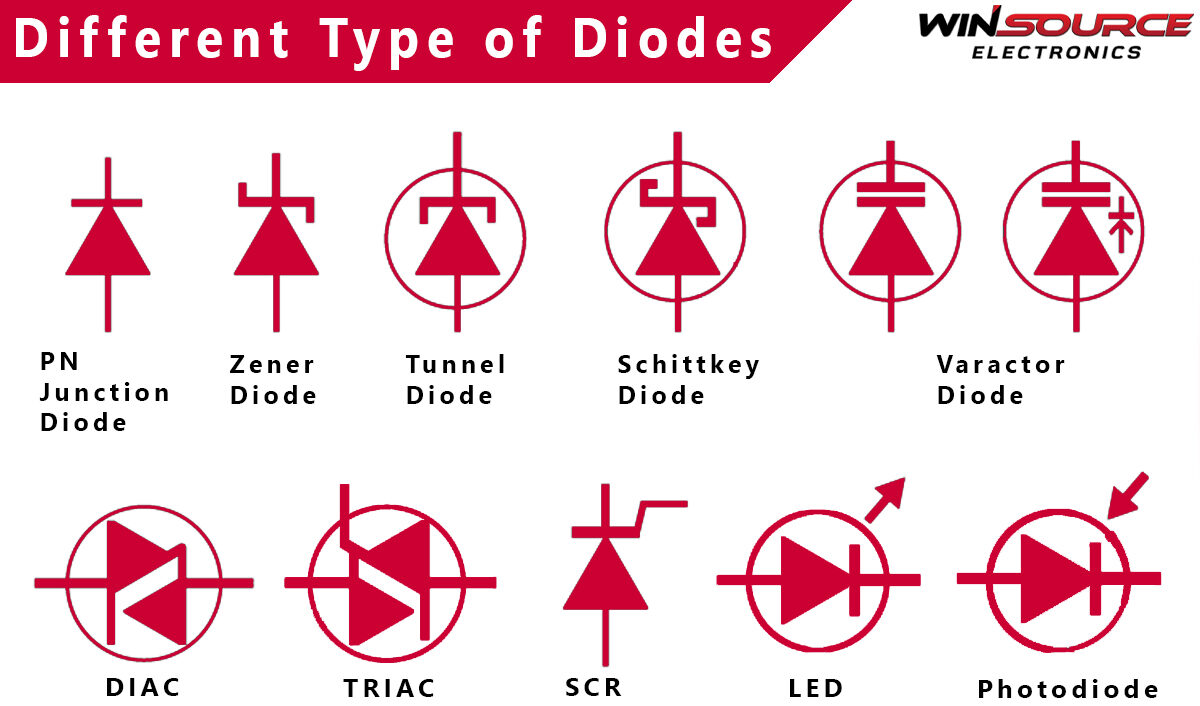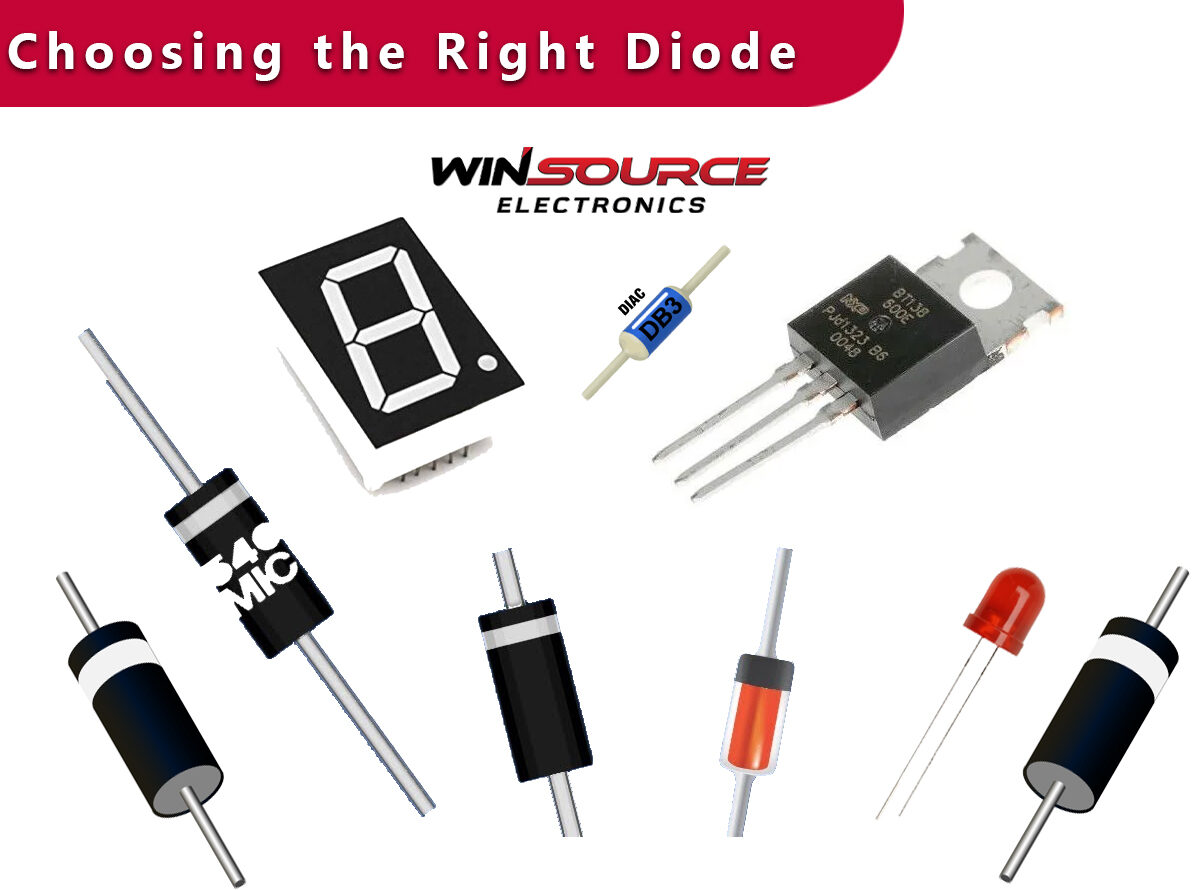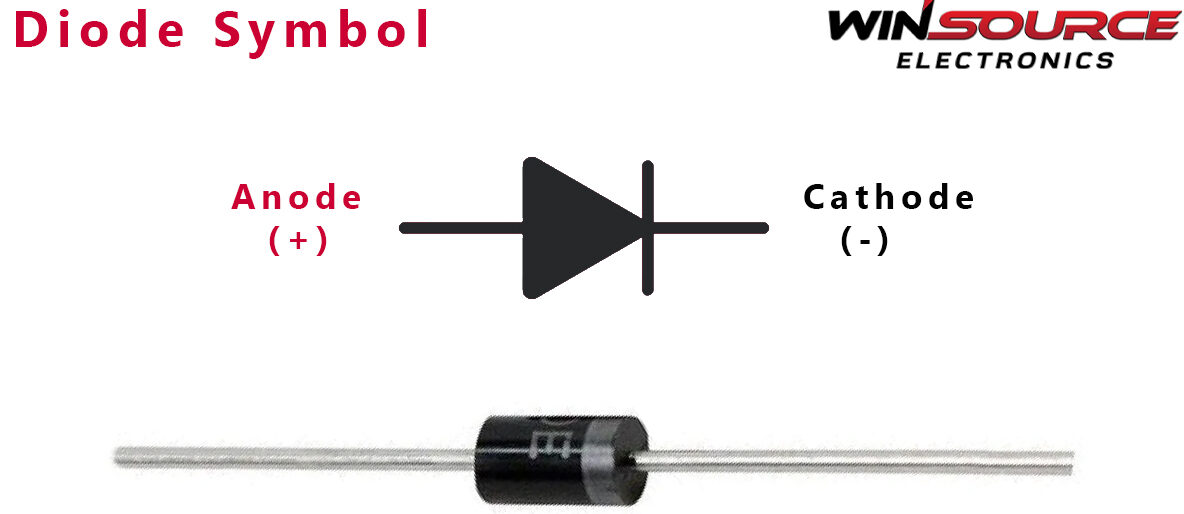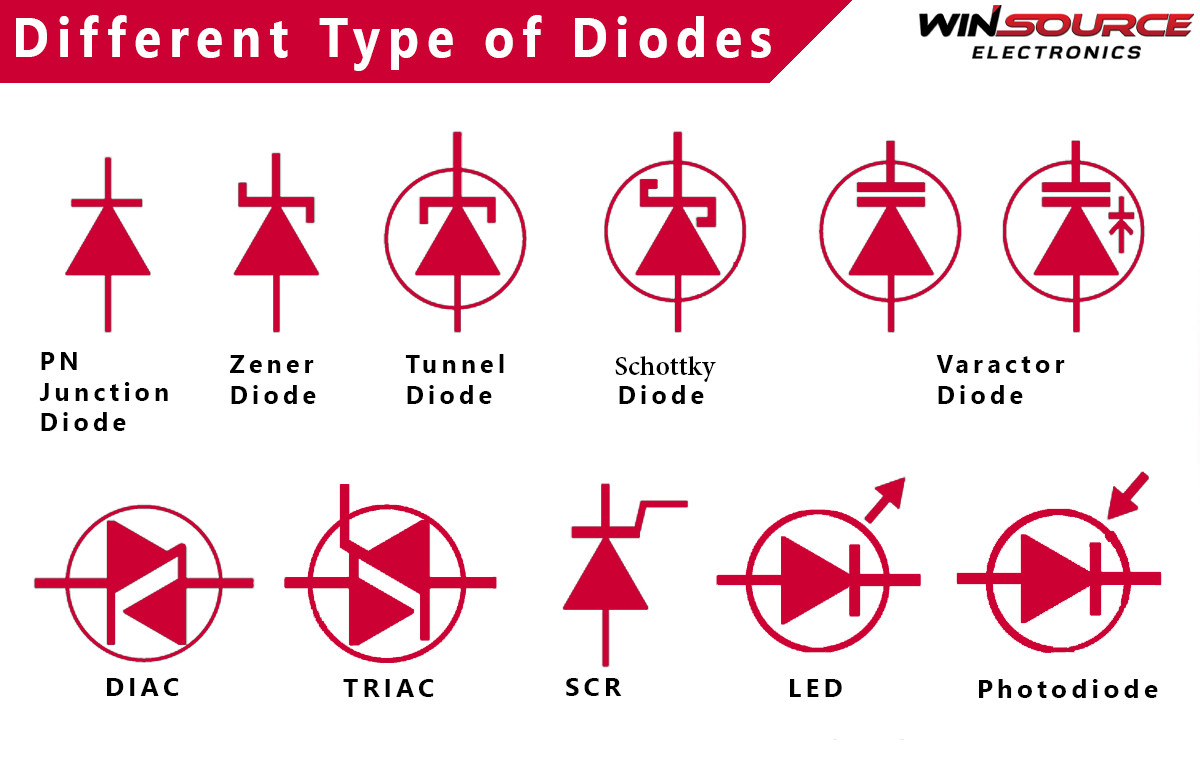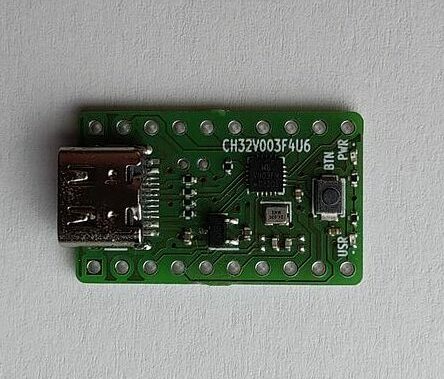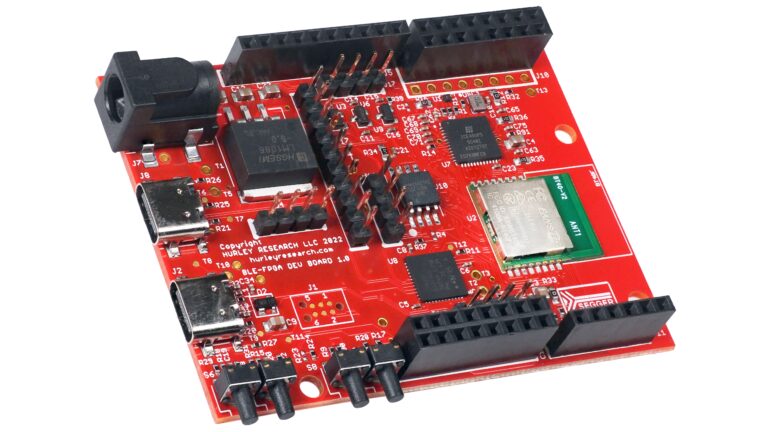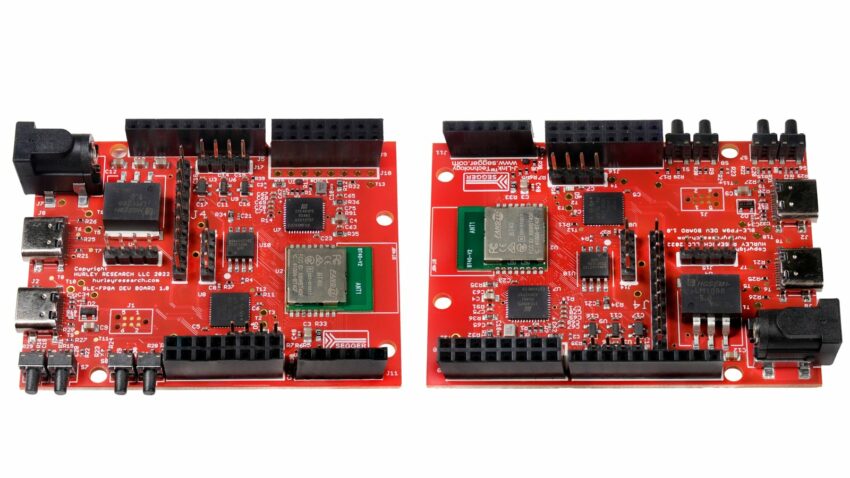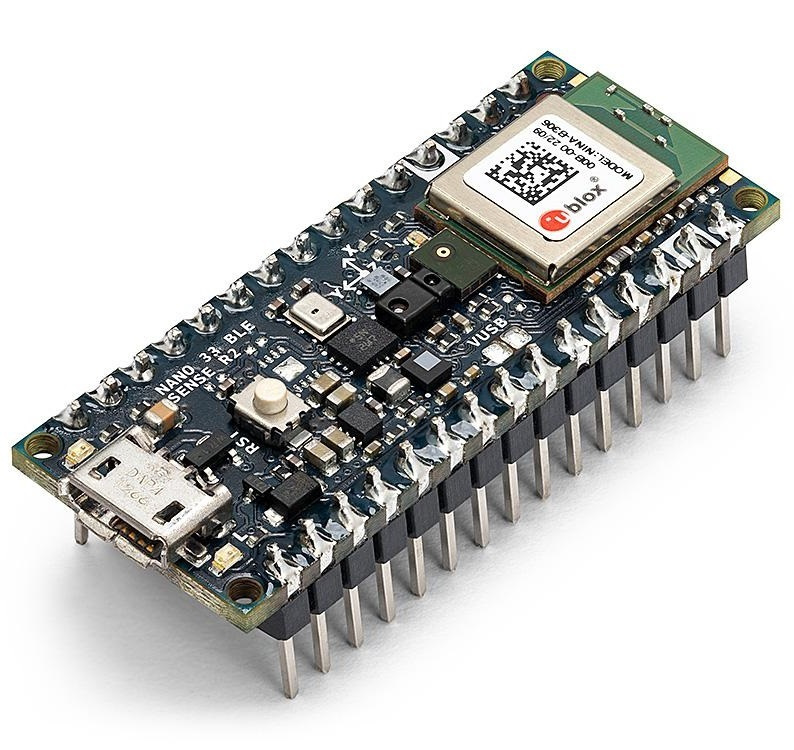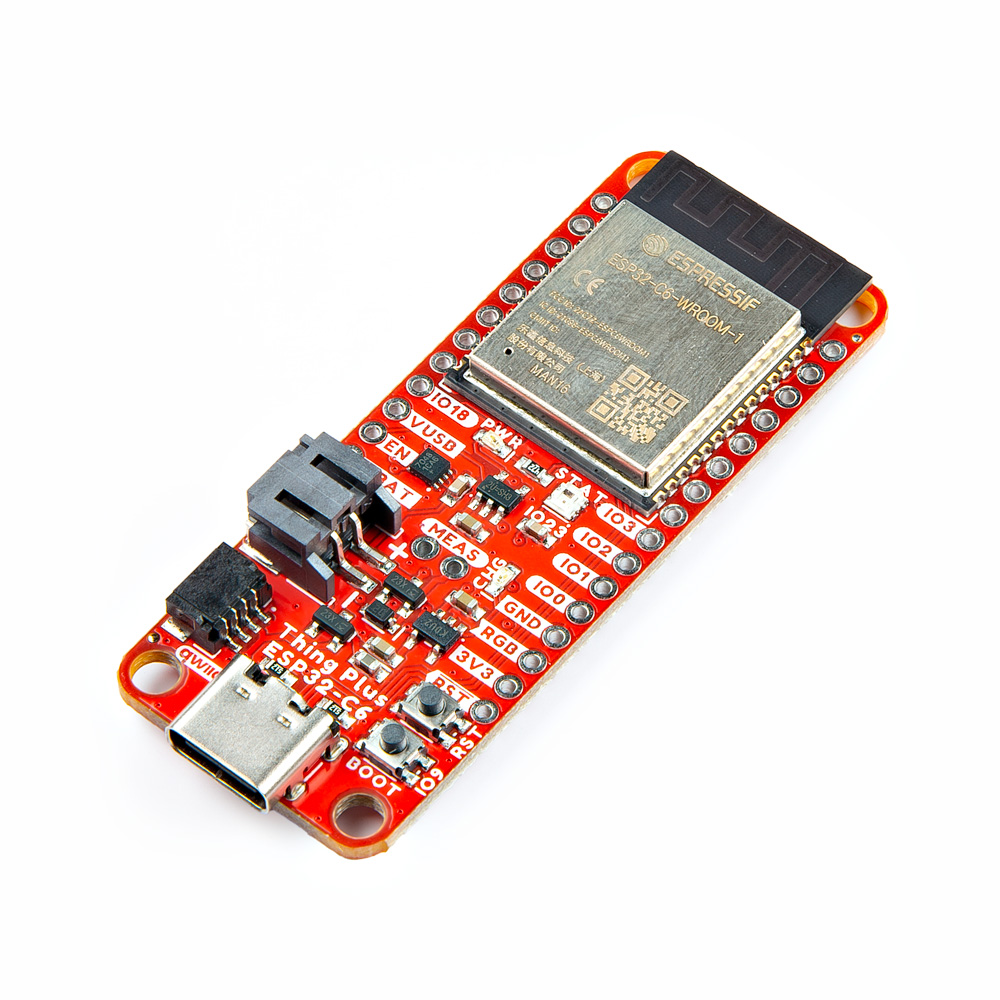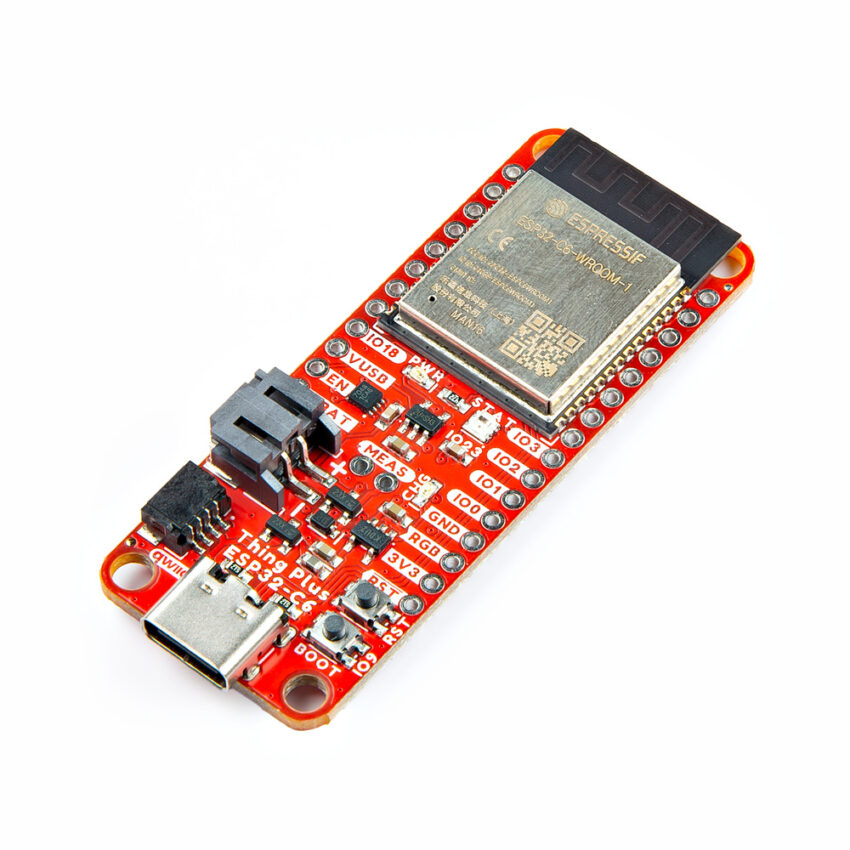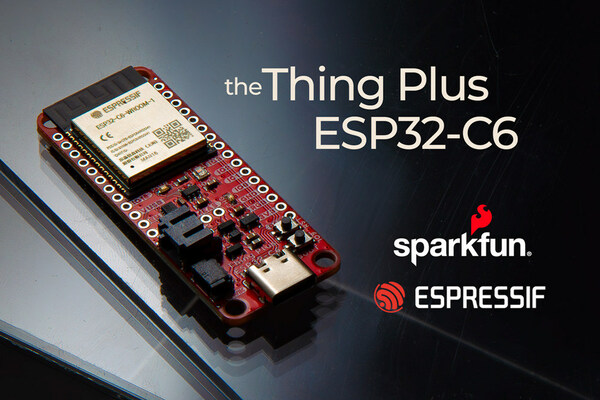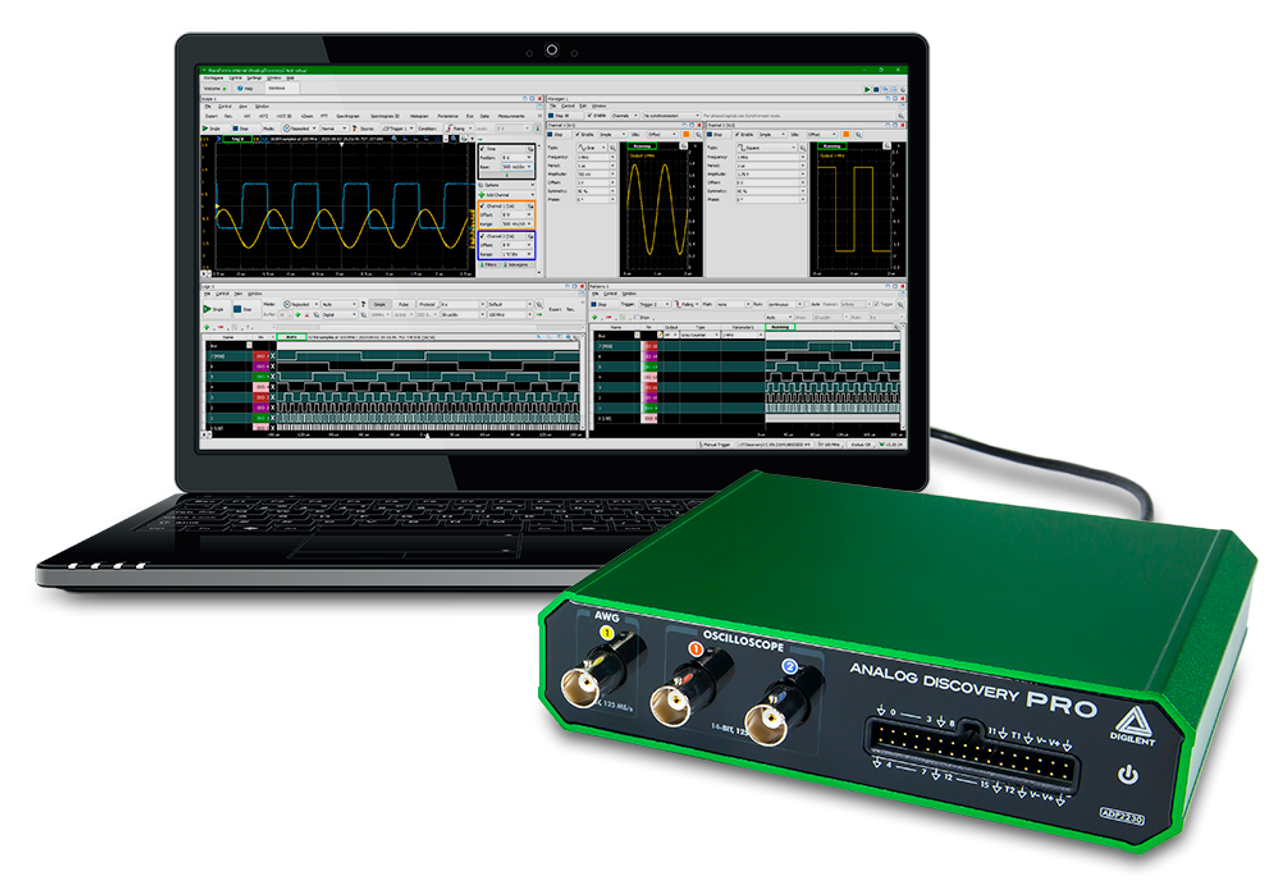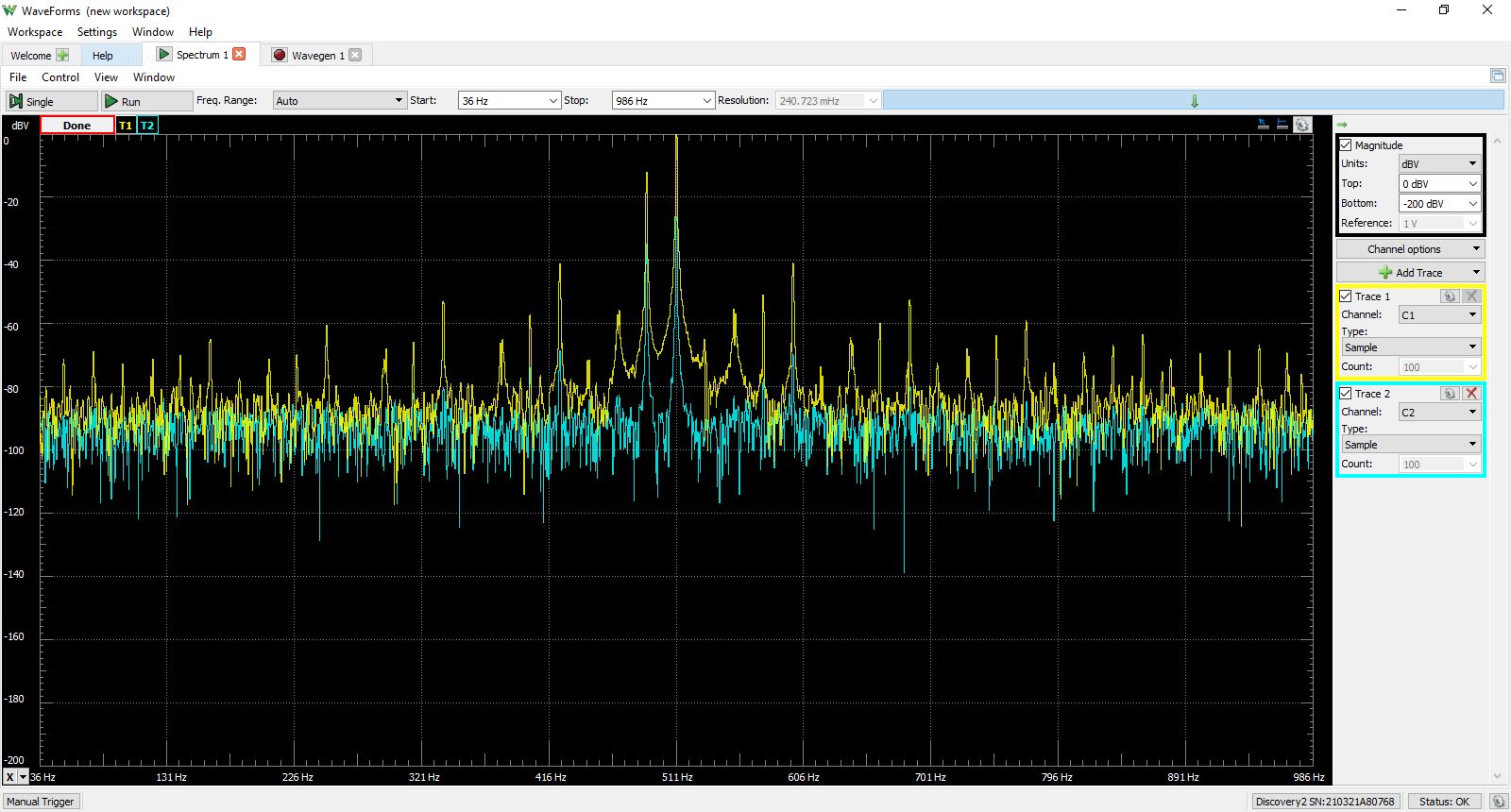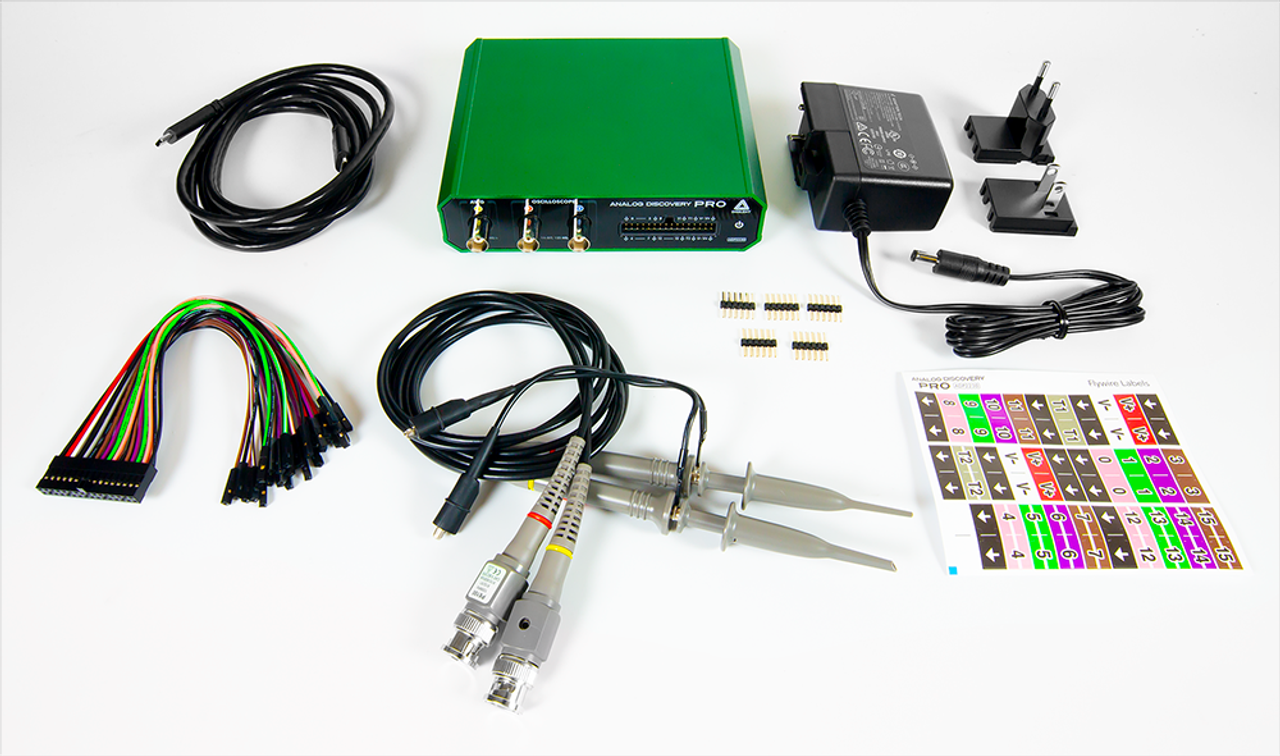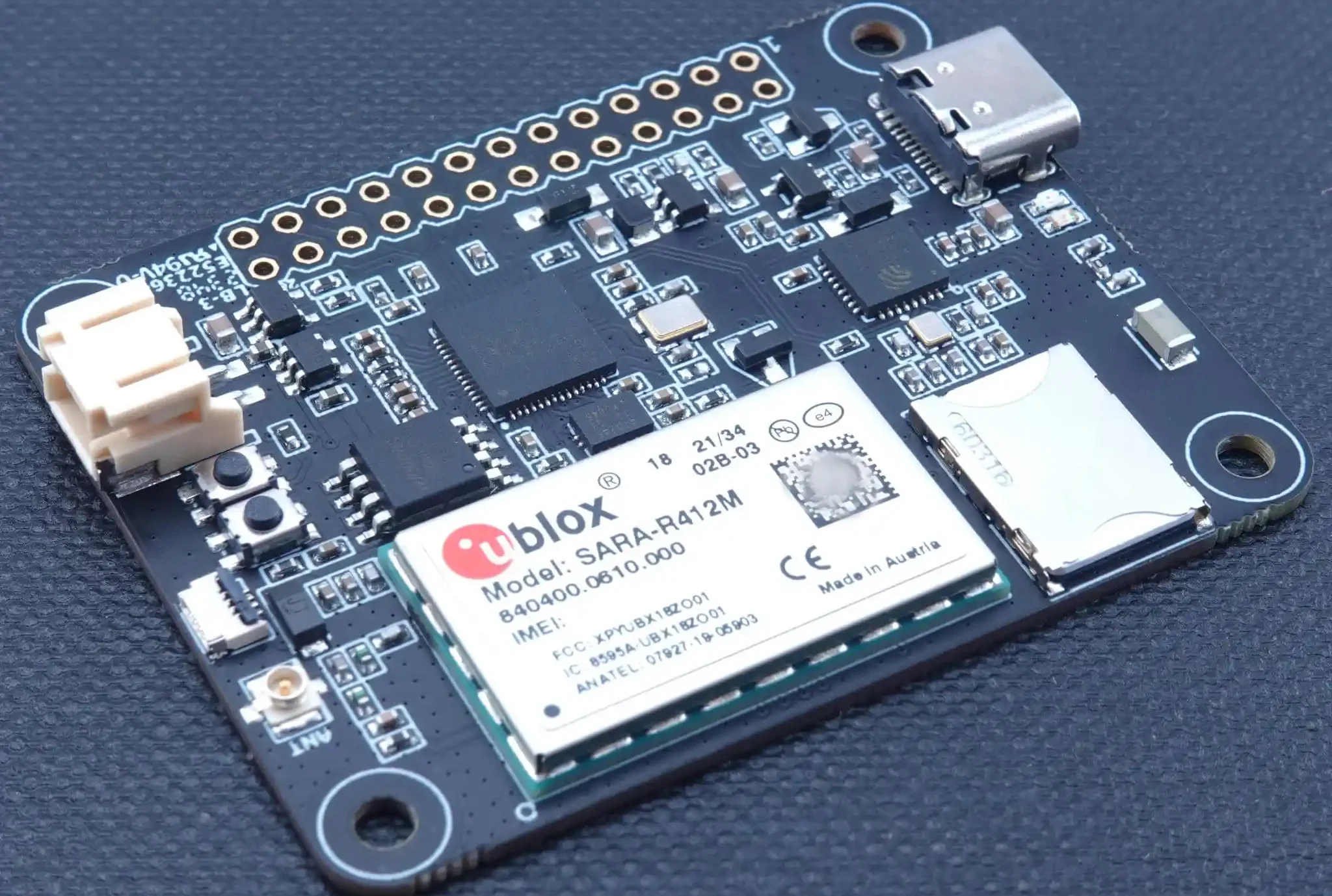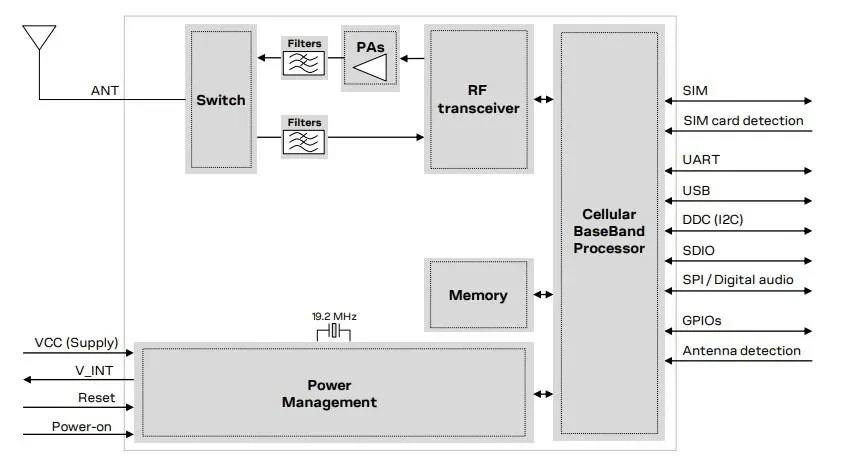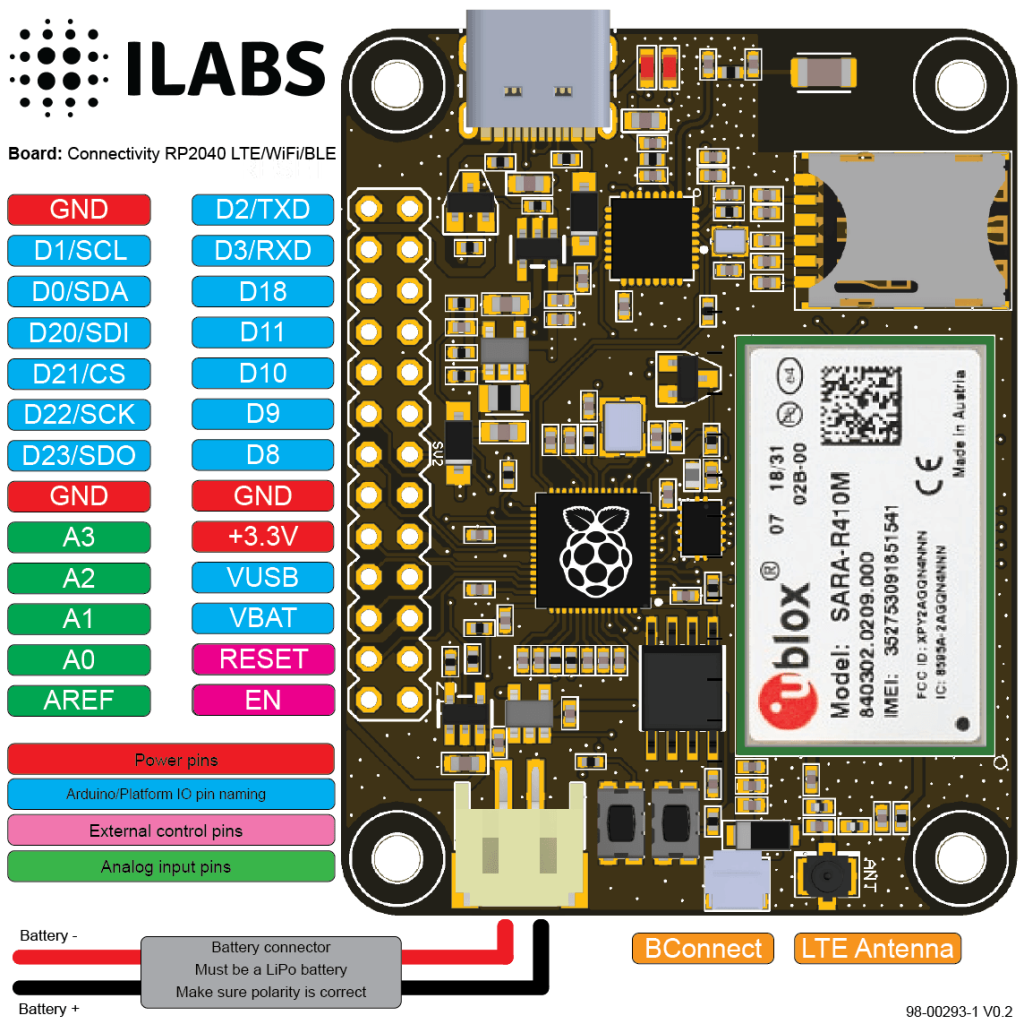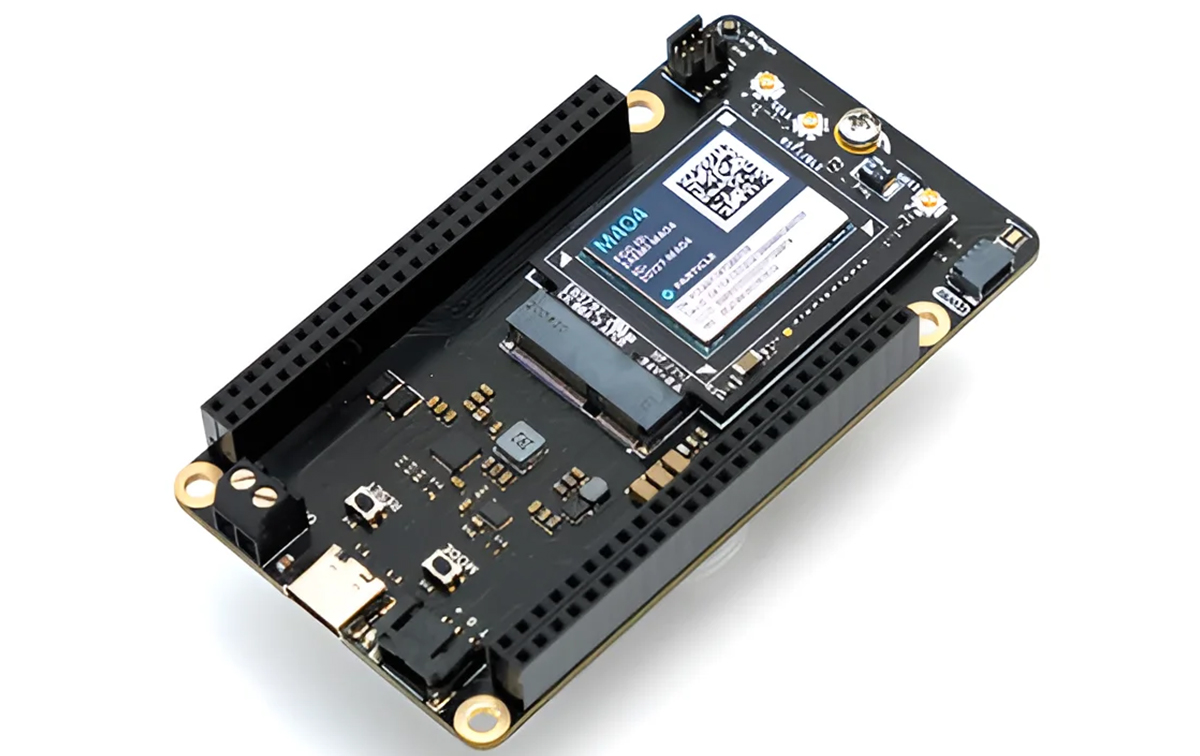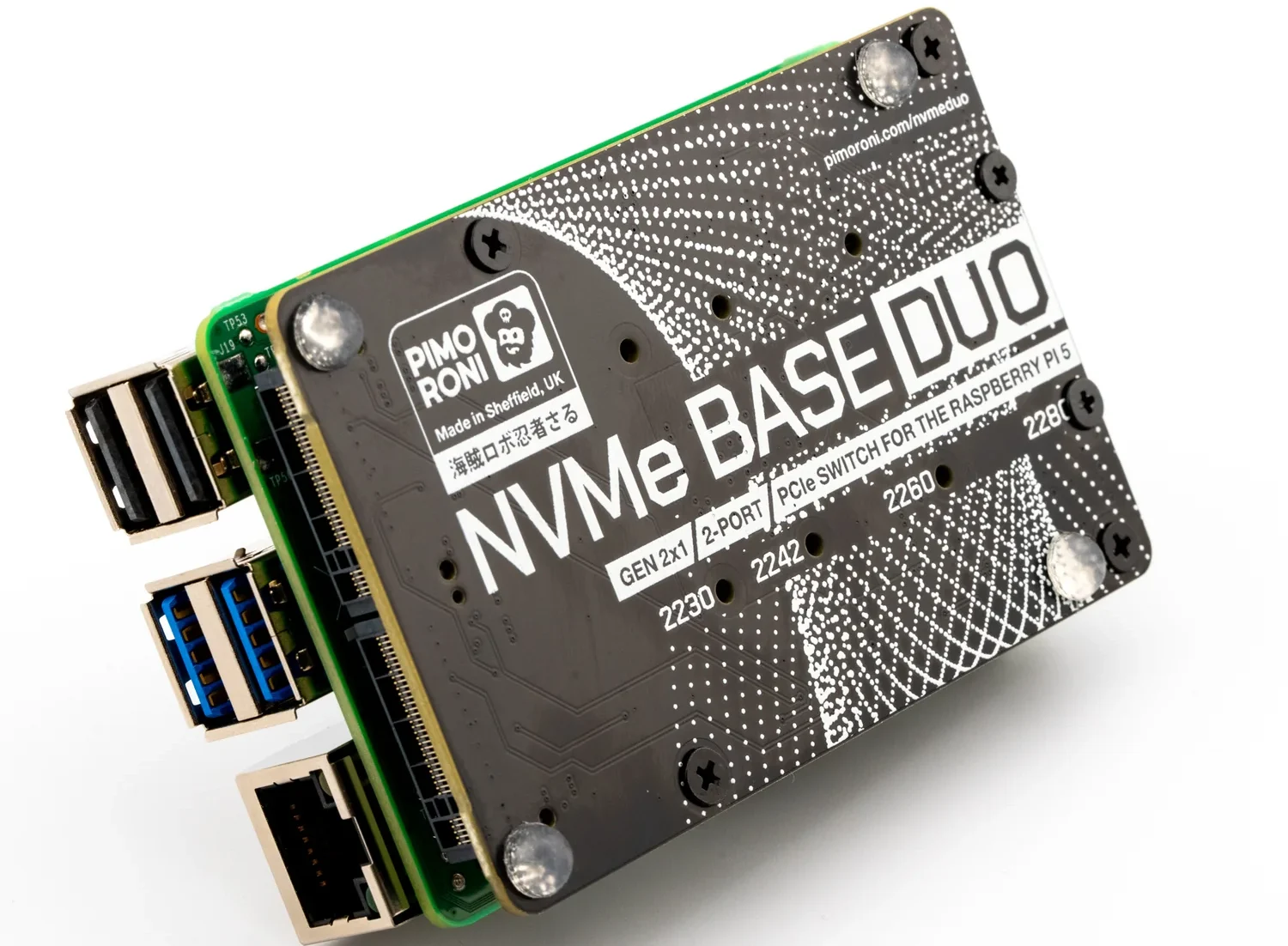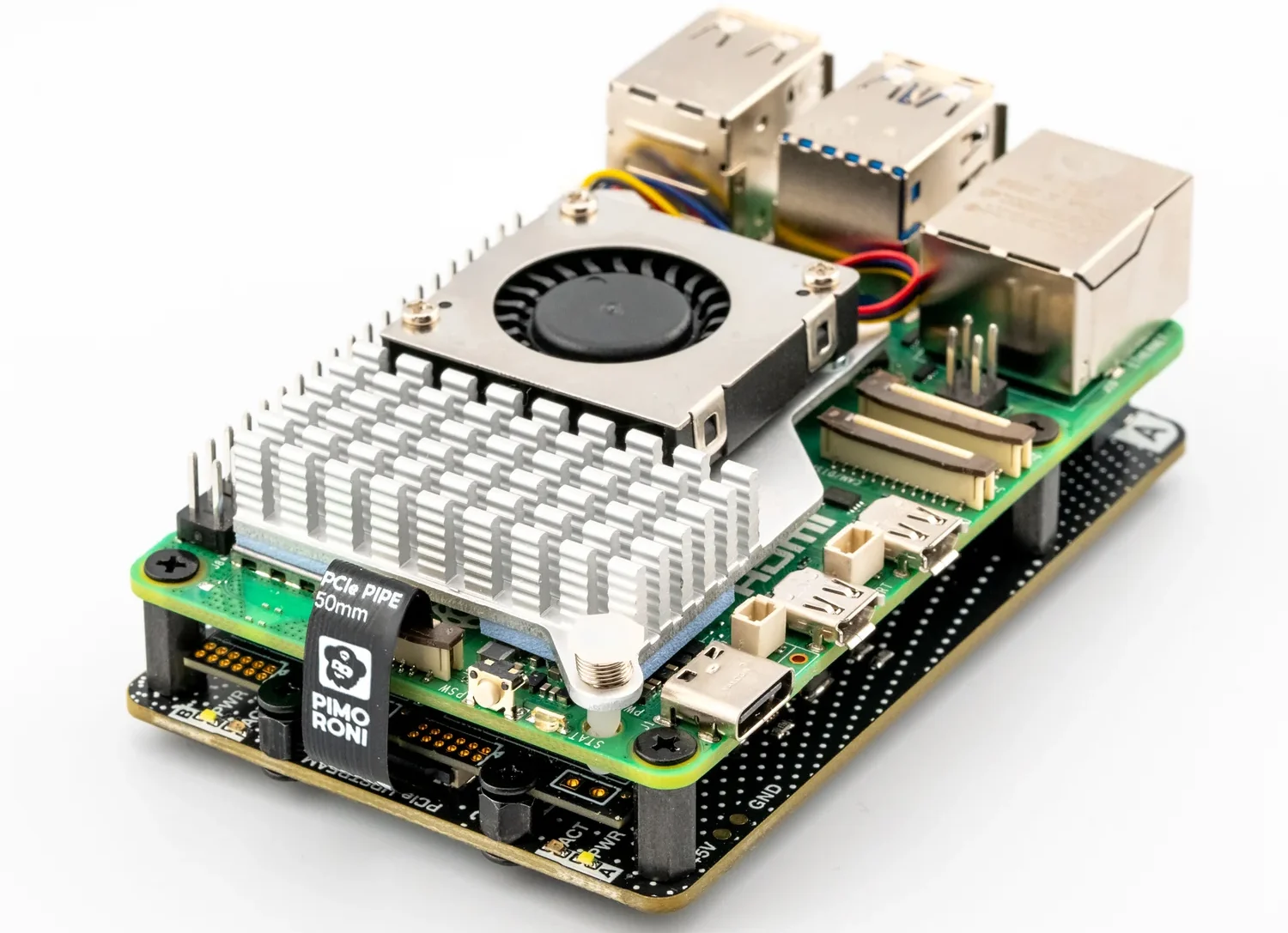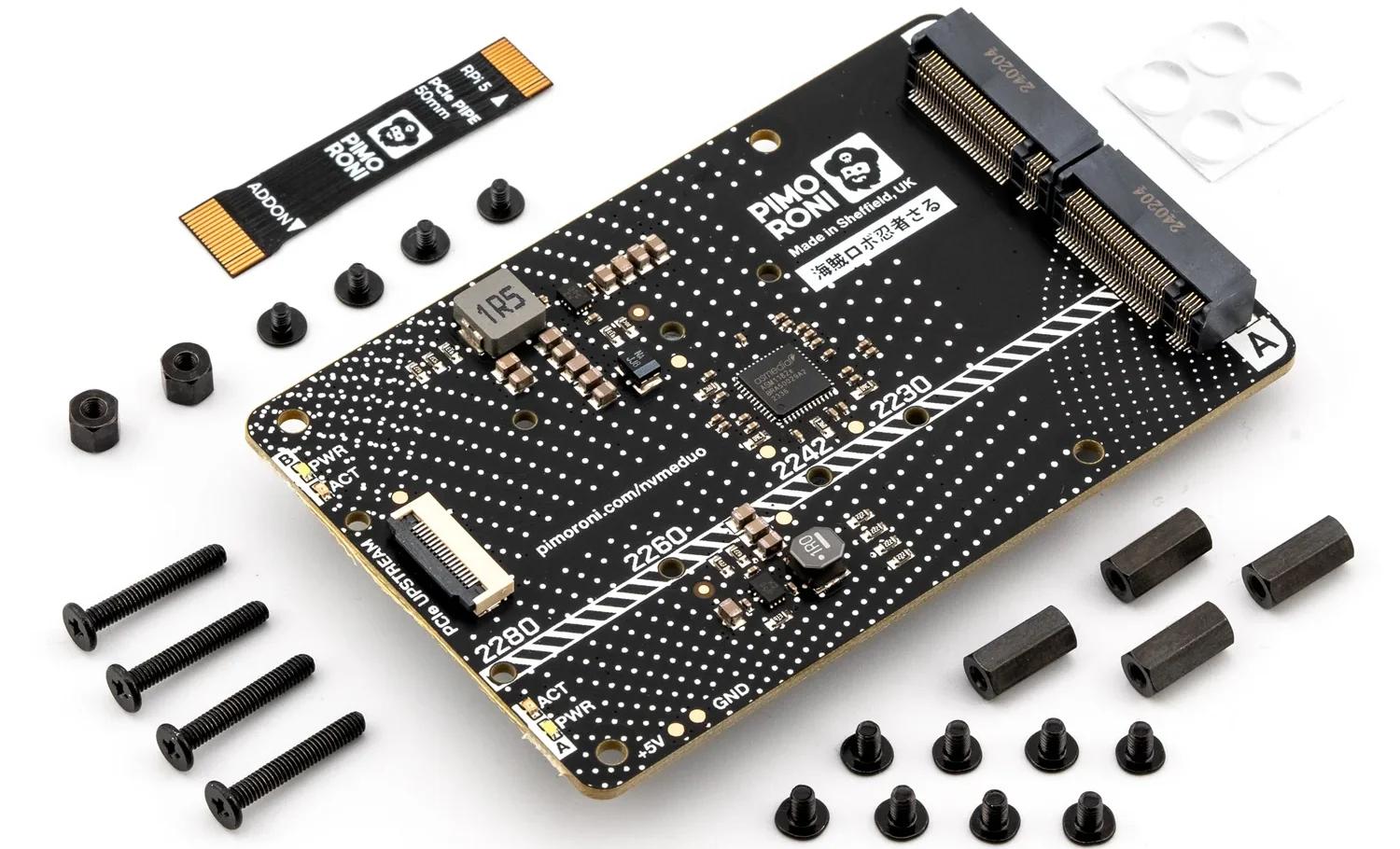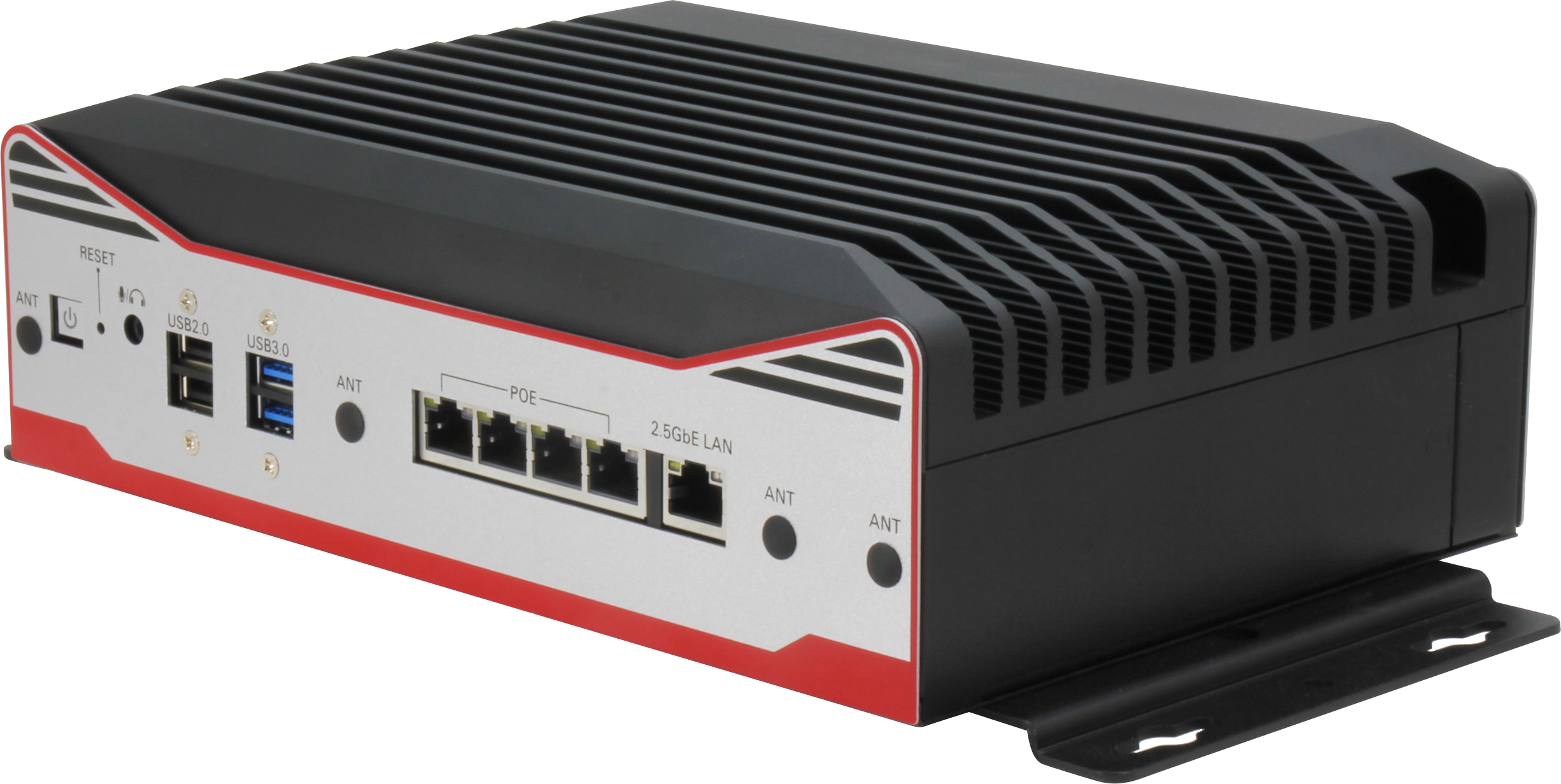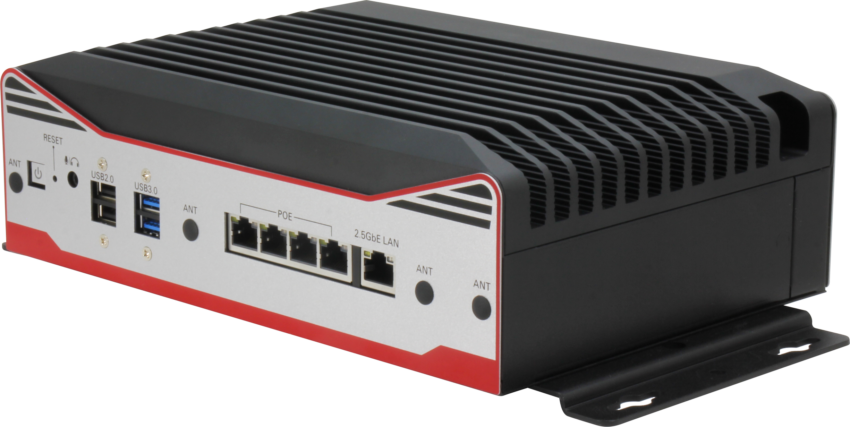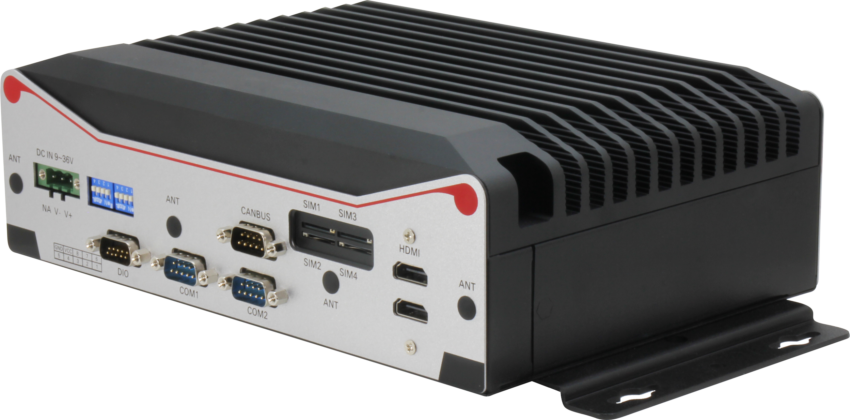From small LED drivers to rectifiers to Switch Mode Power Supplies (SMPS), the diode is a key component in each of those everyday appliances. They are also used in charging LED indicators and reverse polarity protection circuits in router chargers and many more; diodes are used everywhere, but this little device often does not get much attention. So, in this article, we will learn what diodes are, how they work, and some applications of diodes.
We will also learn about WIN SOURCE, a leading electronic component distributor, that offers a wide range of diodes to assist customers in meeting the requirements of different applications. So, let’s begin our article by knowing about diodes.
What Is a Diode?
A diode is a simple two-pin electronic device that lets electricity flow mainly one way. It’s like a door that only opens in one direction, and if you try to open it in another direction the liver will not let you open it without breaking it. The diode has two sides. On one side it’s hard for electricity to get through and on the other side, it’s easy.
Diodes are very simple devices that make it easy to convert alternating current (AC) into direct current (DC) and protect gadgets from getting damaged by electricity going the wrong way. They’re mostly made from materials like silicon and germanium and have voltage and current ratings. Although all diodes work by allowing current to move in just one direction, the specific way they do this can vary. Based on this analogy, they can be divided into many different types.
Characteristics of Diode
Diodes have three key characteristics based on how they are connected in a circuit: forward-biased, where they allow current to flow easily; reverse-biased, where they block current flow; and zero-biased, where they are not influenced by any external voltage and behave according to their natural properties.
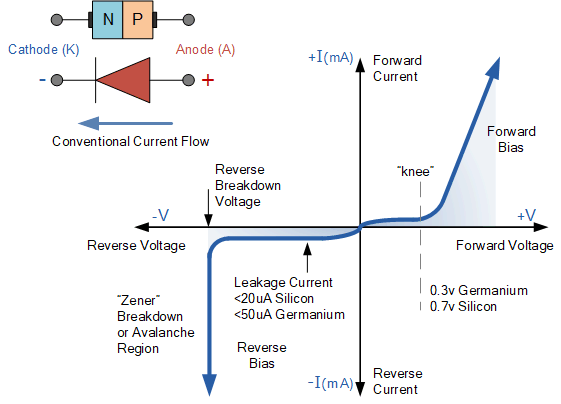
Forward Biased
In a forward-biased diode, when a positive voltage is applied to the anode (P-side) and a negative voltage to the cathode (N-side), the diode becomes conductive. The voltage across the diode gradually reduces, and once it reaches a certain threshold called the forward voltage drop (typically around 0.6 to 0.7 volts for silicon diodes), the diode starts conducting heavily, allowing current to flow through it.
Reversed Biased
In a reverse-biased diode, when a negative voltage is applied to the anode (N-side) and a positive voltage to the cathode (P-side), the diode is in a non-conductive state, blocking the current flow. However, as the reverse voltage increases, a point is reached where the diode breaks down, and a small reverse current, known as the reverse saturation current, starts flowing. This breakdown voltage is called the Zener voltage in Zener diodes.
Types of Diodes
There are many different types of diodes available in the market, and the most common ones are the simple P-N Junction diode, other than that there are the Zener diode, Light Emitting Diode, Schottky diode, Laser diode, Diac, Triac, SCR and more. in this section of the article, we will talk about.
- P-N Junction Diode
- Zener diode.
- Light Emitting Diode
- Schottky diode
- Laser diode
- Diac
- Triac
- SCR
P-N Junction Diode
P-N junction diodes are basic components made by joining p-type material, which has lots of holes, with n-type material, full of electrons, to form what’s called a P-N junction. This setup allows for two main actions: diffusion and drift. In diffusion, holes from the p-side and electrons from the n-side move across to the other side, creating a flow of current. Then, drift comes into play when an electric field, caused by a layer of charged ions on each side, pushes electrons back to the n-side. This clever design makes sure that electricity mostly flows one way through the diode, which is useful for changing AC (alternating current) to DC (direct current) in many electronic devices. Some common examples of PN Junction diodes are 1N4001, 1N4003, 1N4007, STPS340U, PDU540-13 and more
Zener diode
Zener is a specially designed semiconductor device that works in the reverse direction, unlike a PN Junction diode which operates in a forward direction. With this characteristic, a Zener diode functions as a voltage regulation and protection device in electronic circuits. It ensures that the voltage across its terminals remains quite stable, making it a key component in applications requiring a consistent voltage reference or surge protection. Some common examples of Zener diodes are 1N3335B, 1SMB5914BT3, ZMM5253B-7, DDZ9715T-7 etc..
Light Emitting Diode (LED)
Led or Light Emitting Diode is a special type of semiconductor material or Diode that emits light when an electric current is applied in the forward direction. first discovered in 1907 by British experimenter H. J. Round. However, it wasn’t until the 1960s that LEDs were developed into a practical electronic component. The first was discovered in 1907 by British experimenter H. J. Round. However, it wasn’t until the 1960s that LEDs were developed into a practical electronic component. But it was not until the 1990s that the blue LEDs were invented. LED converts electrical energy directly into light, resulting in reduced energy consumption and longer lifespan. Some common examples of Light Emitting Diode (LED) are SLR343WBC7T31XM, LN1471YTR, LB T66G-U1BA-59-Z, HLMP-BD06-P0000 etc.
Schottky diode
Schottky diodes have many switching sides and are used in SMPS as a reverse recovery or as a transition voltage impression diode. These diodes are known for their fast switching speed & low forward voltage drop. It is constructed using a metal-semiconductor junction instead of a traditional semiconductor-semiconductor junction. A unique design allows Schottky diodes to have a lower forward voltage drop compared to regular diodes & making them suitable for high-frequency applications and power efficiency. The absence of a P-N junction in their structure reduces recovery time, making Schottky diodes ideal for applications where fast switching is critical, such as in switching power supplies and RF (radio frequency) circuits. Some common examples of Schottky diode are 0SQ045NG, S110FP, SS15FA, NRVBS240LT3G etc.
Laser diode
Laser stands for Light Amplification by Stimulated Emission of Radiation. Lasers are a special type of semiconductor device that works on a principle similar to that of a light-emitting diode (LED). But it is designed to produce a highly concentrated & monochromatic beam of light. Unlike LEDs that disperse light, lasers harness the process of “stimulated emission,” where electrons in a material are excited to a higher energy level by an external energy source. When these excited electrons return to a lower energy level, they emit photons (light particles). These photons then stimulate other excited electrons to emit more photons, creating a chain reaction that produces a concentrated, coherent beam of light. The light coming out of this is very focused and can be used in many applications including optical communication, laser printing, barcode scanners & medical devices. Some common examples of Laser diodes are SPL PL90, RLD78MZM7-00A, 1054, SPL LL90_3 etc.
Diac
Diac stands for Diode for Alternating Current and is a semiconductor device known for its bidirectional conduction characteristics. Essentially, it can conduct current in both forward and reverse directions once a certain voltage threshold is reached. Discs are commonly used in triggering thyristors and TRIACs (Triode for Alternating Current), aiding in the control of AC power in applications like dimmer switches and phase-locked loops. Due to their symmetrical behavior & ability to trigger at specific voltage levels in both polarities, Diacs play a crucial role in facilitating controlled switching of AC circuits, ensuring precise and synchronized operation in a variety of electronic systems. Some common example of DIAC are DB3TG, HT40, HT40, K0900E70, MKP1V120RLG etc.
Triac
A TRIAC, or Triode for Alternating Current, is a type of semiconductor device that can control the flow of electrical power. It is similar to a relay but can handle much higher currents and voltages. A TRIAC has three pins: the Gate, the Main Terminal 1 (MT1), and the Main Terminal 2 (MT2).
The way it works is pretty straightforward. When a small voltage is applied to the Gate, it allows current to flow between the two main terminals, MT1 and MT2, regardless of the direction of the flow. This makes the TRIAC very useful for controlling AC (alternating current) power, where the direction of current changes regularly. Once the Gate receives the signal, the TRIAC stays on, letting power through until the current drops below a certain level or the AC cycle ends. TRIACs are commonly used in applications where you need to control devices like AC motors, Incandescent Light bulbs, or heating elements. Some common examples of TRIAC are TIC236D, Q6025L6TP, BTA16-800BWRG, TMA254B-L etc.
SCR
An SCR, or Silicon Controlled Rectifier, is a type of electronic device used to control the flow of electricity. It’s a four-layer semiconductor that operates as a switch. The SCR has three pins: an anode, a cathode, and a gate. When no voltage is applied to the gate, the SCR blocks current from flowing through it, acting like an off switch. However, when a small voltage is applied to the gate, it allows current to flow from the anode to the cathode, turning the switch on. Once on, the SCR will stay on even if the gate voltage is removed, as long as there is current flowing through it. To turn it off, the current flowing through the device must be interrupted. SCRs are widely used in power control applications like dimming lights, controlling motors, and power conversion systems because they can handle high voltage and current levels efficiently. Common examples of SCR are TN1605H-6T, C106D, S6015L, BTW69-600, TYN1225RG etc.
In this article, we’ve explored the world of diodes, from the basic P-N junction diodes that guide electricity in one direction, to specialized ones like Zener diodes for voltage regulation and protection, and LEDs that light up our devices. We also touched on advanced types like laser diodes, used in high-tech applications, and power control devices like SCRs and TRIACs. Diodes may seem small and simple, but they play huge roles in making our electronic devices work smoothly and efficiently.

